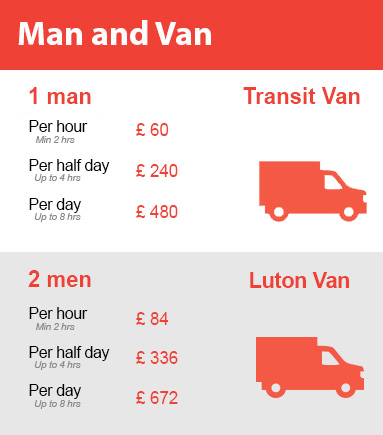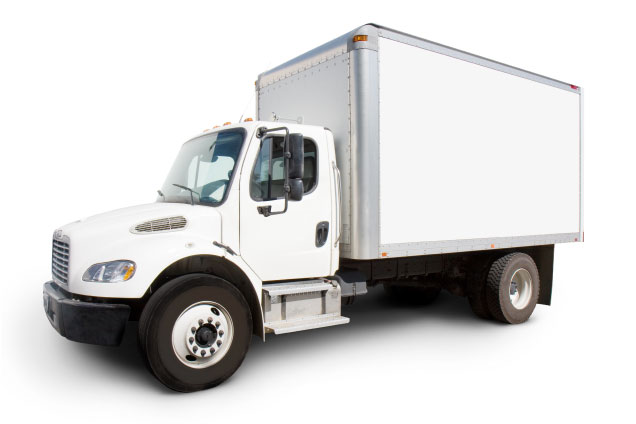Solo Heavy Lifting: Avoid Injuries with Smart Moves
Posted on 21/05/2025
Solo Heavy Lifting: Avoid Injuries with Smart Moves
Solo heavy lifting is an essential part of daily life for many, whether at work, the gym, or during home projects. However, lifting heavy objects alone can put your body at risk if you don't use the right techniques and precautions. Injuries from improper lifting are common but avoidable. This comprehensive guide will teach you how to lift heavy loads safely, protect your body, and maintain strength without sacrificing your long-term health.

Understanding the Risks of Solo Heavy Lifting
Whenever you perform heavy lifting by yourself, you face an increased risk of injury. Common injuries include muscle strains, back pain, ligament sprains, joint damage, or even more severe conditions like herniated discs. Certain body regions--particularly the lower back, shoulders, neck, and knees--are especially vulnerable.
- Muscle strains: Overexerting yourself can lead to muscle tears or sprains.
- Back injuries: Using improper form often results in back pain or slipped discs.
- Joint pain: Knees, wrists, and shoulders absorb excess stress during awkward lifts.
- Long-term complications: Chronic lifting injuries can accumulate over years, leading to lifelong discomfort.
Preventing these injuries must be your top priority. Equipping yourself with knowledge and using smart lifting techniques can make a huge difference in protecting your body.
The Golden Rules of Lifting Heavy Objects Alone
1. Prepare Your Body and Mind
Before any solo heavy lifting, mental and physical preparation is vital. Being rushed or distracted increases the likelihood of making dangerous mistakes.
- Warm up: Gently stretch and mobilize your muscles, focusing on your back, legs, and arms.
- Focus: Clear your mind and pay attention to what you are lifting and your surroundings.
- Plan your route: Remove tripping hazards and make sure the path to move the object is clear.
- Test the weight: Give a light push or lift to confirm the object's heaviness and stability before committing.
Tip: If an object feels too heavy or awkward during the test, reconsider whether you should lift it alone. Seek help or use lifting aids if necessary.
2. Use Proper Lifting Technique
Good form is your number one defense against injury. Follow these essential steps for performing a safe solo heavy lift:
- Stand close to the object with feet shoulder-width apart. Keep the item as close to your body as possible.
- Bend at your knees and hips, never at your waist or back. This position uses your leg strength rather than relying on your spine.
- Keep your back straight and chest up. This maintains your natural spine alignment and reduces load on your lower back.
- Engage your core before and during the lift to stabilize your body and prevent twisting injuries.
- Grip the object tightly using your entire hand (not fingertips) for maximum security and control.
- Lift smoothly and steadily--avoid jerking or sudden movements.
- Move your feet, not your back. If you need to turn, pivot with your feet and hips instead of twisting your spine.
- Set the object down carefully by bending at the knees and hips again, keeping your back straight.
Remember: Safety should always override speed or ego.
3. Be Mindful of Your Limits
Not every heavy object should be lifted alone. Lifting something above your realistic physical capabilities can easily result in injury.
- Know your strength: Don't overestimate what you can safely lift.
- Use mechanical aids: Dollies, hand trucks, or lifting straps are smart tools for solo lifters.
- Break items down: Whenever possible, disassemble or divide loads to make them lighter.
- Ask for help: Never hesitate to seek assistance if in doubt.
Listening to your body is sound judgment, not weakness.
Essential Tips for Solo Heavy Lifting Success
Wear Proper Clothing and Footwear
- Choose close-fitting clothes that won't catch on objects.
- Sturdy, flat shoes with good grip reduce slipping risk.
- Wear gloves for improved grip and protection, especially on rough or sharp surfaces.
Use Lifting Aids and Equipment
- Hand trucks and dollies: Ideal for transporting heavy objects over distances.
- Lifting straps/harnesses: Distribute weight more evenly and reduce back stress.
- Sliders and furniture movers: Useful for sliding bulky items like furniture across floors.
- Back support belts: Can remind you to maintain good posture, but don't rely on them to compensate for poor form.
Stay Strong with a Healthy Body
A strong, flexible body is essential for successful heavy solo lifting:
- Regular strength training: Focus on core, legs, and back to build lifting power.
- Flexibility work: Stretch regularly to keep muscles supple and joints mobile.
- Adequate hydration and nutrition: Keep muscles fueled and ready for strenuous activity.
- Rest: Allow your muscles to recover between heavy lifts.
Spotting and Avoiding Serious Lifting Mistakes
The Most Common Lifting Errors
- Rounding your back: This puts immense pressure on spinal discs. Always lift with a straight back.
- Lifting with your back, not your legs: Your legs have bigger, stronger muscles designed for this task.
- Twisting while lifting: Rotational movements are a common cause of back injuries.
- Holding loads away from your body: Increases leverage on your back, multiplying injury risk.
- Being in a hurry: Rushing drastically increases your chances of making a mistake.
Warning Signs of Overexertion or Injury
- Sharp pain during or after lifting
- Numbness or tingling in your limbs
- Dizziness or lightheadedness
- Swelling, bruising, or visible deformities
- Loss of strength or mobility
If you spot any of these symptoms, stop immediately and seek medical advice if necessary.
Solo Lifting at Work: Safety Best Practices
If your job requires frequent solo heavy lifts, following work-specific guidelines protects you from occupational injuries and often complies with legal requirements.
- Follow company lifting protocols: Use mandated techniques and report unsafe conditions.
- Attend lifting safety training: Take advantage of available courses and demonstrations.
- Encourage a safety-first attitude: Culture counts when it comes to injury prevention.
- Know your legal rights: Regulations such as OSHA (or country equivalent) outline employer and employee responsibilities for manual handling.
A pro-active approach helps reduce workplace injuries and absenteeism, saving money and pain.
Heavy Lifting at Home: Smart Domestic Lifting Hacks
Many underestimate the risks associated with heavy solo lifting at home--such as moving boxes, furniture, or washing machines. Follow these tips for a safer experience:
- Empty drawers and containers: Never try to lift full dressers or cupboards. Lighten every load first.
- Use household aids: Towels, rugs, or baking sheets can help you slide objects with less effort.
- Lifters or sliders: Always keep some on hand for bulky furniture.
- Get creative: Repurpose brooms as levers or use pillows to protect knees while lifting lower items.
Never risk your health to save a few minutes. Plan first, then lift smart.
What to Do If You Get Hurt While Lifting Alone
Despite every precaution, accidents can happen during solo lifts. Here's what to do if you experience an injury:
- Stop immediately: Continuing to lift can worsen an injury.
- Assess your condition: Gently test your movement and pain levels. Don't try to "push through."
- Apply first aid: Use ice, compression, and elevation as needed for strains and sprains.
- Seek professional help: If you experience severe pain, numbness, bruising, or immobility, consult a doctor ASAP.
- Allow adequate recovery: Returning to activity too soon increases repeat injury risk.
Document the incident (especially in a work setting) and review what went wrong to improve future safety.

Incorporating Smart Lifting Techniques Into Everyday Life
Making safe heavy lifting a daily habit pays big dividends in the long run. Practice good form not just in obvious situations--like moving furniture--but also during routine tasks such as carrying groceries or picking up children.
- Stay consistent: Use proper form every time, even for small loads.
- Educate others: Share tips with coworkers, friends, and family to build a safety-minded community.
- Lead by example: Kids especially learn lifelong habits from observing adults' behaviors.
By living the principles of injury-free heavy lifting, you protect yourself and those around you from unnecessary pain and setbacks.
Conclusion: Lift Smarter, Not Harder
Solo heavy lifting doesn't have to be risky if you employ smart moves and respect your body's natural limits. Always prepare thoroughly, use proper technique, leverage aids and support, and listen to your body's signals. By shifting from brute force to intelligent action, you'll keep yourself strong, healthy, and ready for life's physical challenges--no matter where or what you need to lift.
Key Takeaways for Injury-Free Solo Lifting
- Plan and prepare your lift every time
- Always use correct lifting posture and form
- Listen to your body--never exceed your own safe limits
- Utilize mechanical aids, tools, and teamwork whenever possible
- Treat any sign of injury seriously, and give yourself time to heal
With these best practices, solo heavy lifting can be accomplished safely and efficiently, ensuring you avoid injuries with smart moves now and in the future.
Stay strong. Stay smart. Lift safe--every time you go solo!





